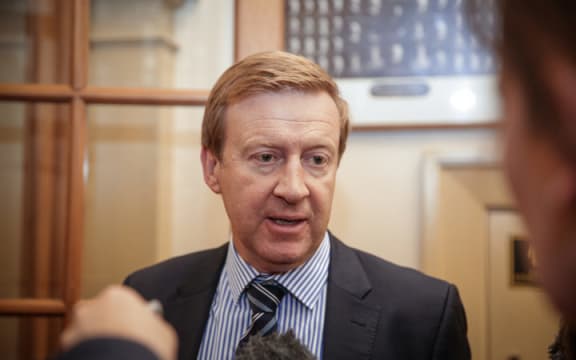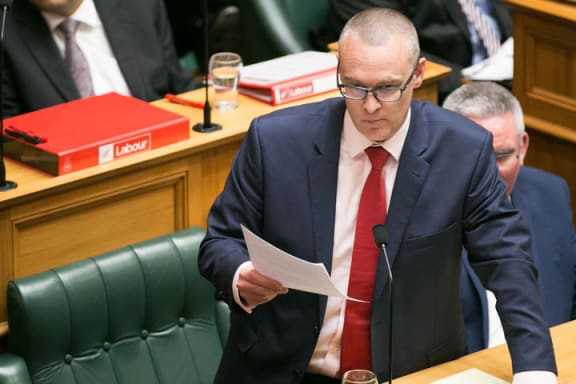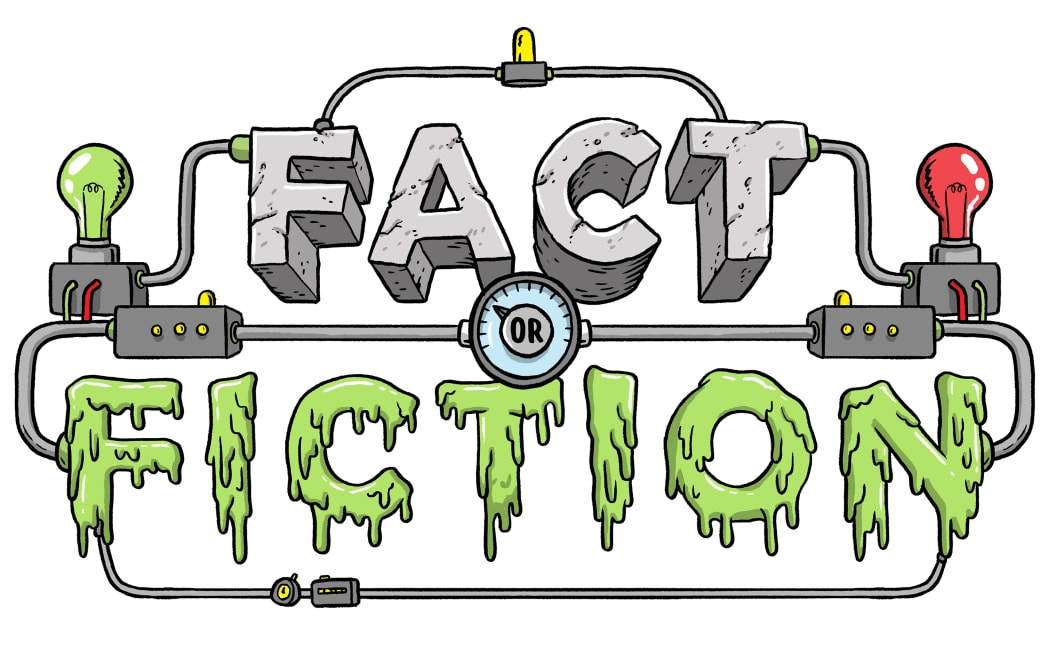Health accounts for one of the largest chunks of government spending. Fact or Fiction delves deep into the stats to see if recent claims by the Labour Party stack up.
"National’s promise to increase the number of elective surgeries to 200,000 is bizarre, given Jonathan Coleman has claimed 200,000 electives are already being performed."
- David Clark, Labour press release, 5 September
Is National setting itself a target it's already achieved? RNZ asked Labour for its source material, which were Ministry of Health elective surgery documents provided under the Official Information Act. Fact or Fiction has ignored Labour's commentary around the OIA material and only used the raw data to assess this and the following claim.

Jonathan Coleman Photo: RNZ / Rebekah Parsons-King
Since the 2015/16 year, the Ministry of Health has monitored two sets of elective surgery figures: elective surgical discharges (i.e. completed elective surgeries); and elective surgical discharges and 'arranged' surgical discharges (same-same-but-different to elective surgery). The second set of figures is the one currently used to report on the government's much-touted 'more elective surgery' health target.
In the 2015/16 year, the target was 200,460 elective surgeries - Jonathan Coleman said in Parliament that this target had been met.
In his press release announcing National would 'lift' the number of elective surgeries from 174,000 to 200,000 by 2021/22, Dr Coleman appears to be using the first, older definition - which the Ministry of Health still measures, but does not use as the target it sets for district health boards to meet.
Verdict: Fact - 200,000 elective surgeries (by the official health target definition) are already being performed
"It turns out nearly all the so-called increase in electives have been due to re-classifying minor outpatient procedures like eye injections and skin lesion removals as electives."
- David Clark, Labour press release, 5 September
Since the 2011/12 year, the Ministry of Health has included Avastin (eye) injections to treat worsening sight, and skin lesion removal/treatment in its elective surgery figures.
Jonathan Coleman defended the inclusion of these procedures in Parliament last year, and the Ministry of Health has said one of the reasons for changing the definition was to bring it into line with international practice. The ministry also confirmed to Fact or Fiction that some of these procedures may have previously been counted as general surgery or opthalmology procedures (and therefore been included in the overall figure before 2011/12 anyway).
So, bearing all that in mind, Fact or Fiction believes the fairest way to assess David Clark's claim is to look at where the increase in elective surgeries has come from since the ministry started counting these procedures separately.
In that time, overall elective surgeries (using the old definition, as the ministry didn't provide a detailed breakdown for the new definition) have increased by 18,500. Of these, about 6900 were Avastin injections or skin lesions. So these two groups of procedures account for about 37 percent of the increase - "nearly all" is a bit of a stretch.
For the most recent year figures are available, Labour's claim holds up though - out of 4116 additonal electives in 2015/16, more than three-quarters (77 percent) were Avastin injections or skin lesions.
Verdict: Mostly fiction
"Nearly 60,000 people didn’t get to see a specialist after a referral from their GP last year for an operation or other treatment."
- David Clark, same press release

David Clark Photo: RNZ
About 675,000 people were referred by their GP for a first specialist assessment in 2016. Of those, it is correct that about 60,000 people had their referral declined (and another 10,000 were declined because their GP didn't provide enough information - they may well have re-applied and been accepted in a subsequent month).
Of those who were declined, about 27,000 (46 percent) were turned down because they didn't meet the threshold - basically, the level of seriousness your condition has to reach before you can get a specialist appointment. The Ministry of Health defines this category as patients where "the referral is appropriate and the patient would benefit from an assessment but the referral is below the DHB's capacity threshold". So, those 27,000 people needed an appointment but missed out, because our health system couldn't afford it or couldn't cope with that demand.
Another 29,000 (50 percent) were turned down because specialist services assessed their referrals and decided that a specialist appointment was "not required" - either because they didn't need an appointment, or their condition could be treated by a GP, or the appointment was unlikely to benefit them.
Verdict: Fact, but only half of those who missed out unquestionably needed the appointment
Fact or Fiction is a joint initiative between RNZ and the University of Auckland's Public Policy Institute


